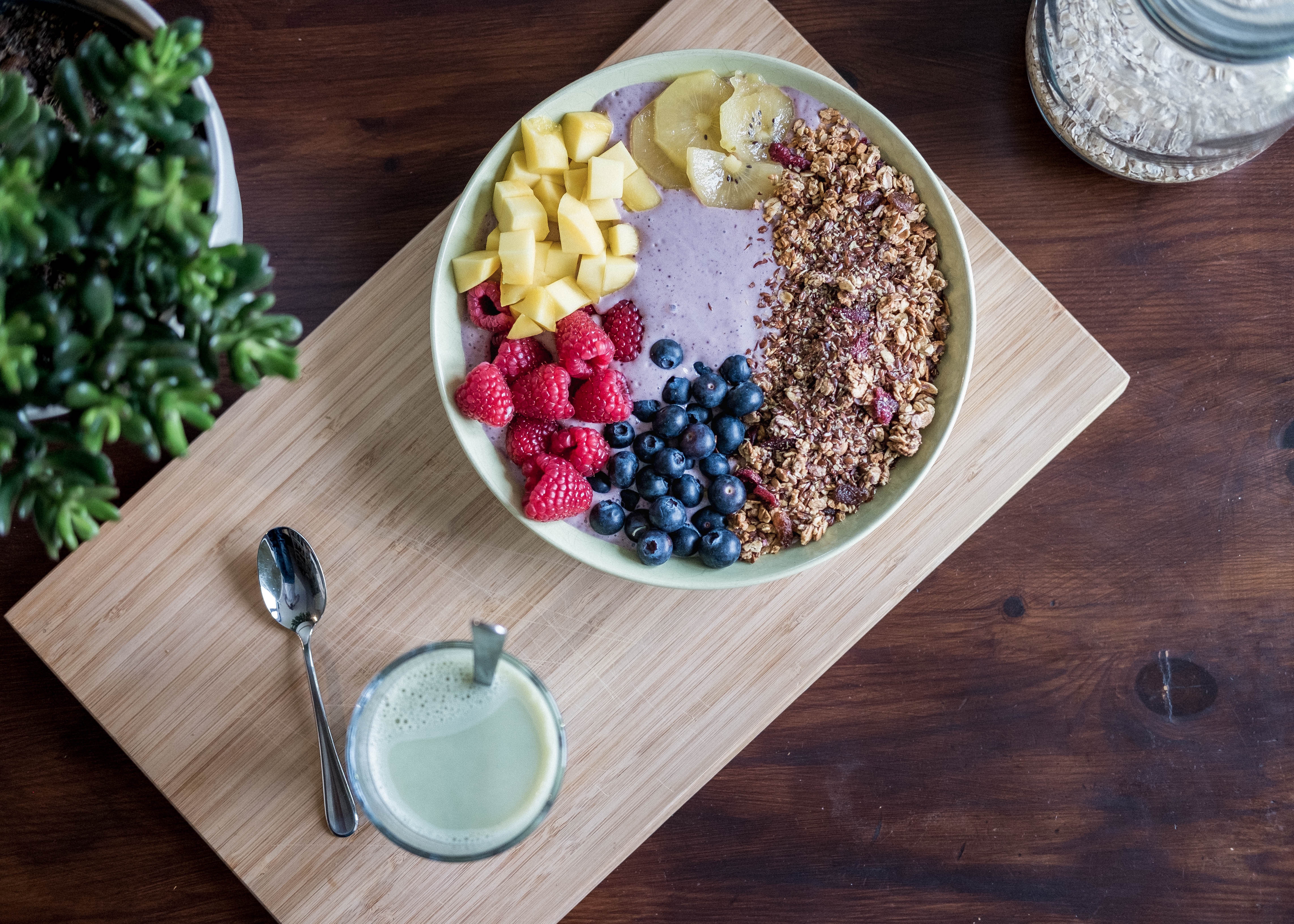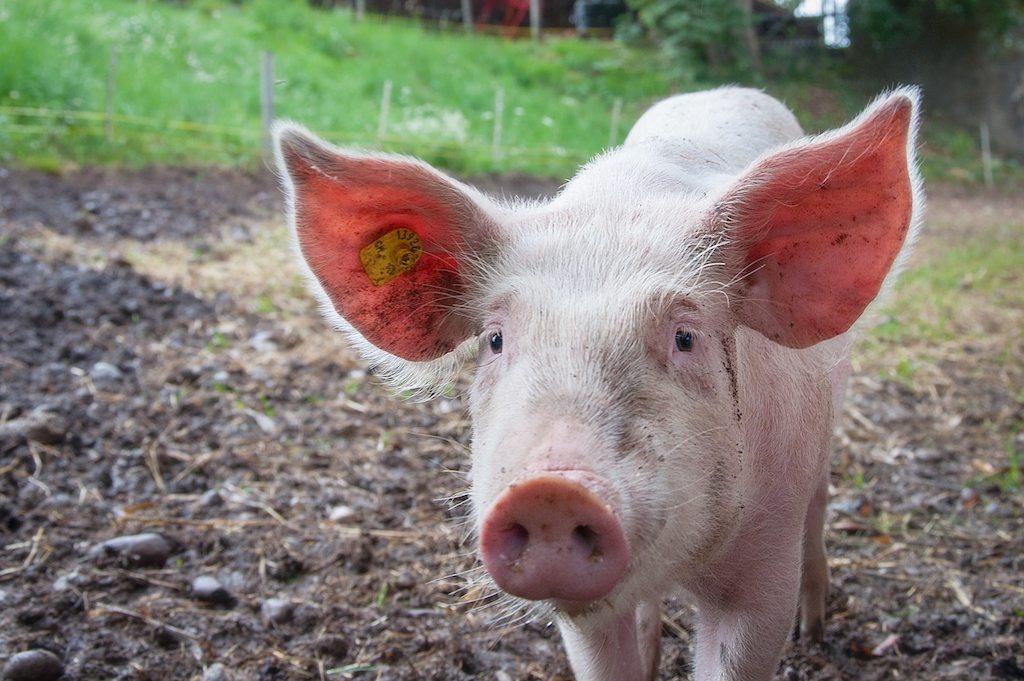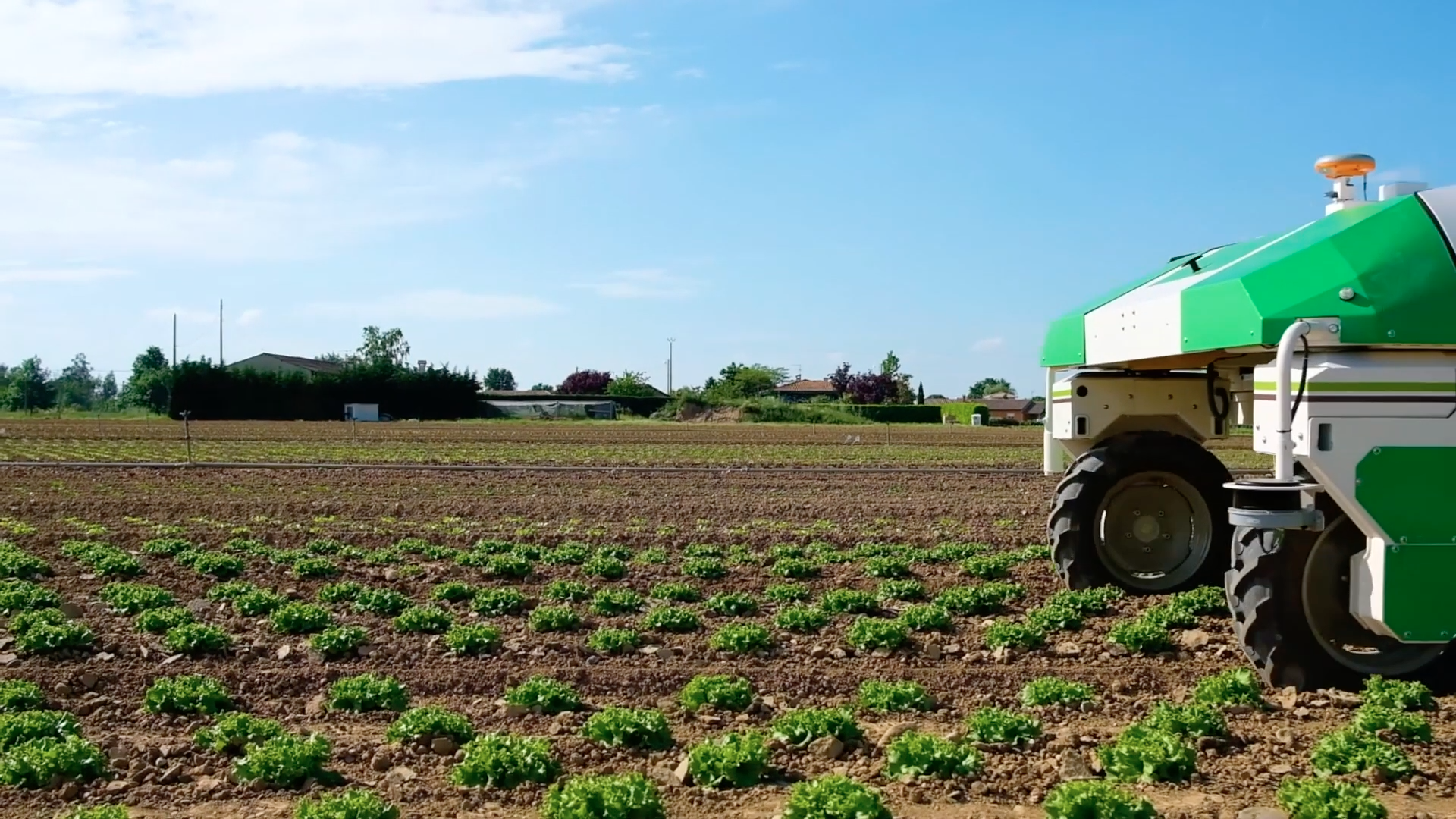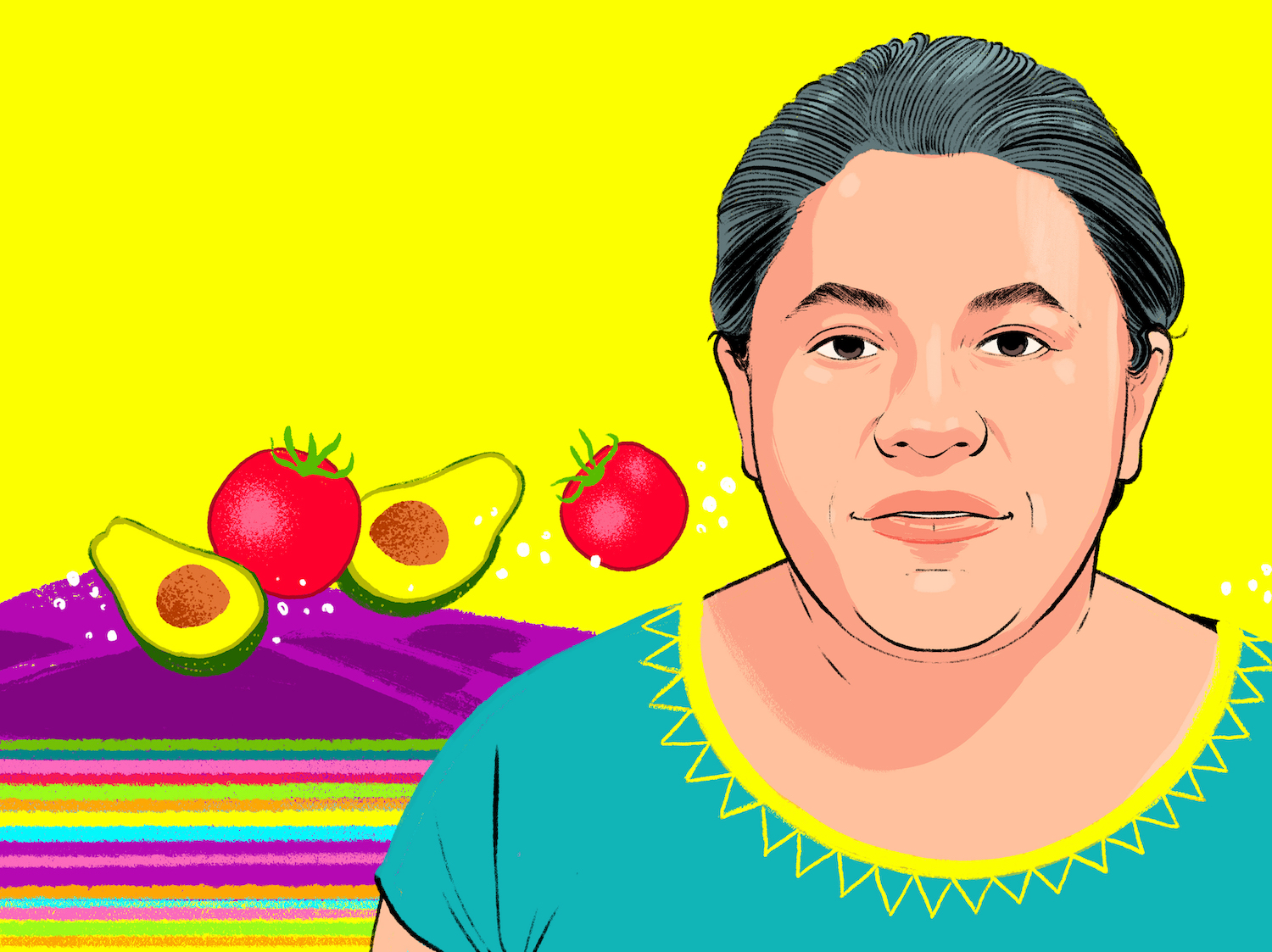People will eat more plant-based foods and “clean-eating” will continue to trend through 2018. So says an annual national survey of over 2000 nutritionists. And if “eat more superfoods” is a new year’s resolution, you’ll likely be going after fermented options first and foremost.
Run by Pollock Communications and Today’s Dietitian, the “What’s Trending in Nutrition” survey forecasts what shoppers are likely to reach for at grocery stores in the coming year. A look down any aisle will affirm just how keen food marketers are to continue appealing to “clean” and “green” trends. Nielsen reported in August that 68 percent of consumers would pay a premium for foods that “don’t contain ingredients that they perceive are bad for them.” Keyword: Perceive.
But there is no standardized definition of what “clean-eating” actually is. Rather, the term nebulously refers to a patchwork of ideas about what is and isn’t healthy. “Plant-based” is more specific, as are the numbers to back up the trend: Sales of both plant-based foods and meat alternatives rose in the year ending in July 2017, Nielsen shows. We’ve reported on the gains that “clean meat” is making on the traditional meat production industry. We’ve also covered how big meat producers like Tyson are joining the alternative protein game.
Of the foods predicted to dominate our 2018 plates, a number were to be expected: avocados and salmon, for instance. And, once again, kale—the Meryl Streep of superfood acclaim.
But some are less specific. What does the “fermented foods” category include? How old does grain need to be to qualify as “ancient”? And what makes a fruit “exotic?” Here’s your guide to vague “superfood” marketing terms:
What is a “fermented” food?
Fermentation is a chemical process whereby organisms like yeast or bacteria are used to break carbohydrates into acids or alcohol. Beer, wine, and cheese are all fermented foods. The survey lists more examples: “yogurt, kefir, kombucha, sauerkraut, tempeh, some pickles, kimchi and miso.” These items, which range as widely in taste as they do in culture, have only the process of fermentation in common.

But does the fermentation process itself actually provide any health benefits?
“There are many fermented foods out there and not many have had formal testing so it’s difficult to know what they do,” genetic epidemiology professor Tim Spector said to the BBC last year.
The idea behind fermentation’s surge in popularity comes from claims that bacteria added during the fermenting process will help sustain gut function and improve digestion. But research on the process’s effect on the human body is still thin.
What fruits are “exotic?”
Jenna Bell, a registered dietitian who works at Pollock Communications, elaborated:
“Acai, golden berries, jackfruit, prickly pear or Durian—to name a few,” she told The New Food Economy in an email. “They have grown in popularity over the past few years as more specialty and traditional grocery stores have increased and diversified their offering of these ‘unusual’ fruits.”
Walk through any Chinatown in any city, and you’ll likely pass by a street vendor hacking away at jackfruit, packaging its bright, yellow meat into plastic bags for sale. And acai’s rise can be linked to the recent popularity of acai bowls in major cities. A look at Google trends tells you that we were at peak “acai” searches during the summers of 2016 and 2017.
Eat your fruits and veggies, but don’t count on unfamiliarity to translate into magical health and healing properties.
“When it comes to consumers, what makes exotic fruits different is that many have the perception that they have powers above and beyond those of typical fruits,” Bell said. “That’s seldom the case.”
How old does a loaf of bread need to be to qualify as “ancient”?
“Ancient grains” is not a scientific categorization of grains. The term largely refers to grains that haven’t been modified from their original form by humans.
“Modern wheat, which has been constantly changed through breeding, is not an ancient grain,” Caroline Sluyter, a program manager at consumer advocacy group the Whole Grains Council, said in an email to The New Food Economy.
So, okay, Wonder Bread is not an ancient grain. But what is?

And what has prompted the rising interest in unmodified grains?
“Much of the growing popularity of ancient grains can be attributed to the widespread national attention that has been given to food and nutrition over the past 5-10 years, as well as the growing culinary curiosity and food literacy of average consumers,” Sluyter said.
Those with celiac disease or gluten sensitivity may also turn from flour to certain gluten-free grains. “Since wheat, barley and rye contain gluten, people trying to follow a gluten-free diet have had to get more creative with their grain choices. Thus, naturally gluten-free ancient grains, like quinoa, teff, sorghum, and amaranth, have become more familiar to consumers.”
Guess that means it’s out with the new and in with the old for 2018.









